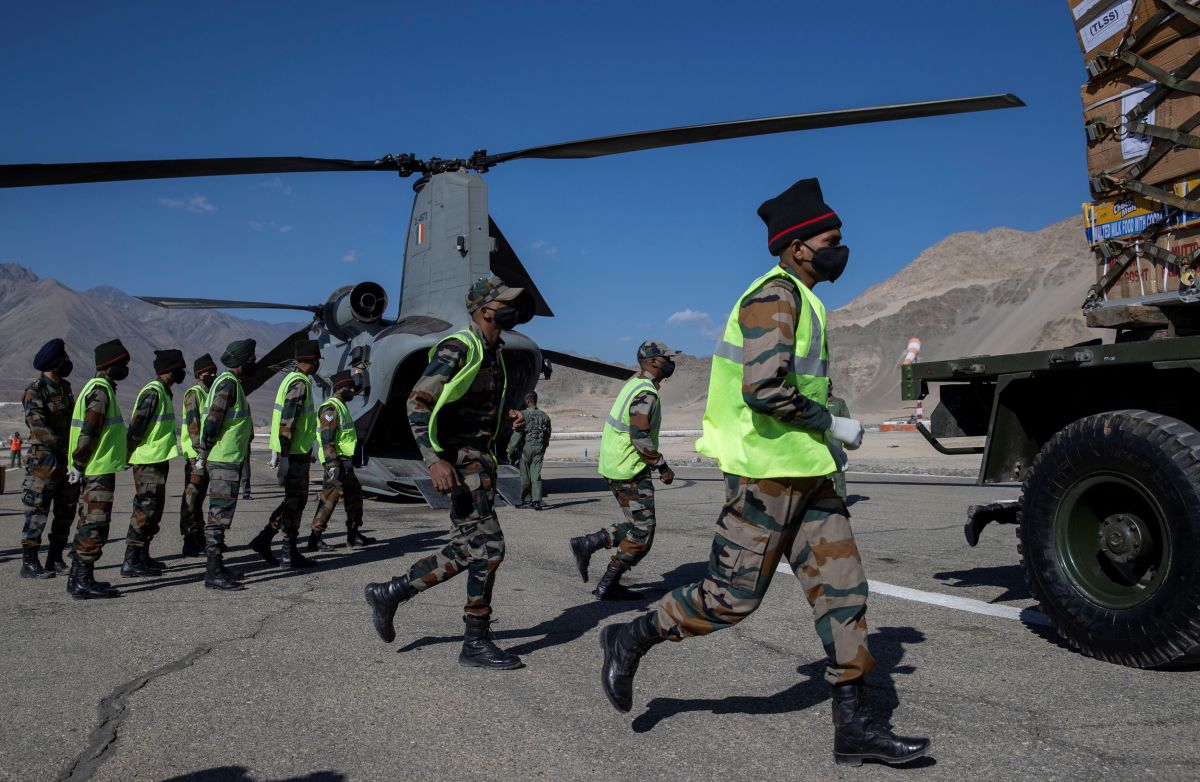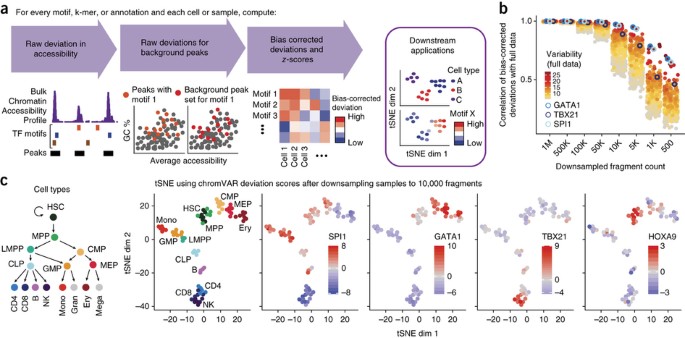
- Select a language for the TTS:
- UK English Female
- UK English Male
- US English Female
- US English Male
- Australian Female
- Australian Male
- Language selected: (auto detect) - EN
Play all audios:
ISRO'S CHIEF, V. NARAYANAN, EXPLAINED THE ISSUE THAT CAUSED A PROBLEM WITH ITS PSLV-C61 ROCKET. THE MISSION FACED A SETBACK DURING THE THIRD STAGE. New Delhi: On May 18, ISRO faced
challenges during the launch of an Earth observation satellite using its PSLV-C61 rocket. Although the first two phases of the rocket’s launch went smoothly, there was an issue during the
third phase that prevented the mission from being successful. ISRO's chief, V Narayanan, explained that the problem was caused by a drop in pressure within a critical part of the
rocket, which ultimately led to the mission's failure. "The PSLV-c61 mission faced a setback during the third stage due to a drop in chamber pressure, which impacted the fourth
stage performance and led to mission loss... A national-level committee is investigating the cause... 2025 still remains a landmark year with Chandrayaan-4, Chandrayaan-5, and 3 uncrewed
missions lined up... India’s space programme is moving steadily towards ensuring food, water, and power security while preparing for the country's first human spaceflight by 2027,” ISRO
Chief V Narayanan said in a statement. ISRO’S PSLV-C61 EOS-09 MISSION EOS-09 is a follow-up satellite to EOS-04, which was launched in 2022. Its primary mission is to provide reliable
remote sensing data for users engaged in operational applications, while also increasing the frequency of observations. Equipped with a Synthetic Aperture Radar (SAR) payload, this satellite
can capture images for a variety of Earth observation purposes, operating effectively in all weather conditions, both day and night. This capability for continuous, all-weather imaging is
crucial for a range of applications, including agriculture and forestry monitoring, disaster response, urban planning, and national security. The rocket was launched earlier as scheduled at
5:59 AM. According to data released by the Indian Space Research Organisation (ISRO), the separation of the first stage (PS1) was initially scheduled for 111.64 seconds after lift-off, but
it actually occurred at 110 seconds. Additionally, the ignition of the second stage was expected at 111.84 seconds, yet it took place slightly earlier at 110.2 seconds, resulting in a minor
discrepancy. The separation of the second stage (PS2) was aimed for 264.34 seconds but happened a bit sooner, at 261.8 seconds. While the mission was progressing as expected, as indicated
by the regular updates from the scientists, a glitch arose after the rocket reached the third stage. _ALSO READ: JAYANT NARLIKAR DIES: ALL YOU NEED TO KNOW ABOUT INDIAN ASTROPHYSICIST WHO
CHALLENGED BIG BANG THEORY_







